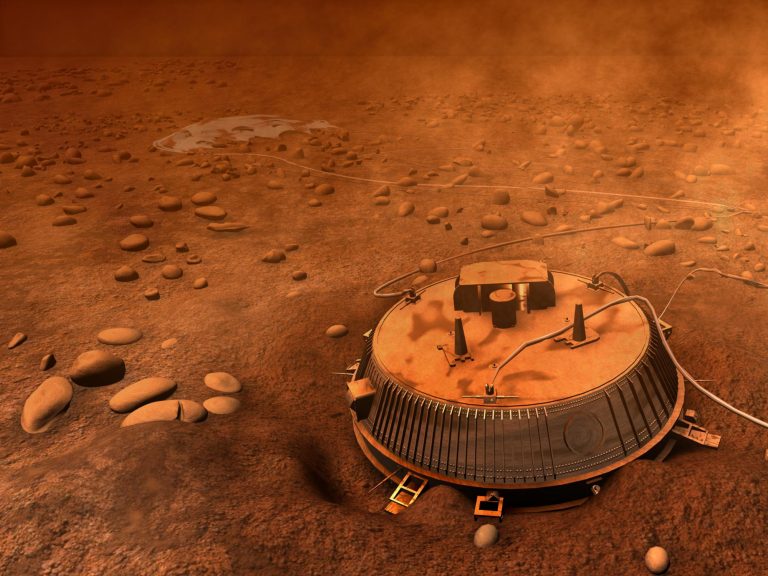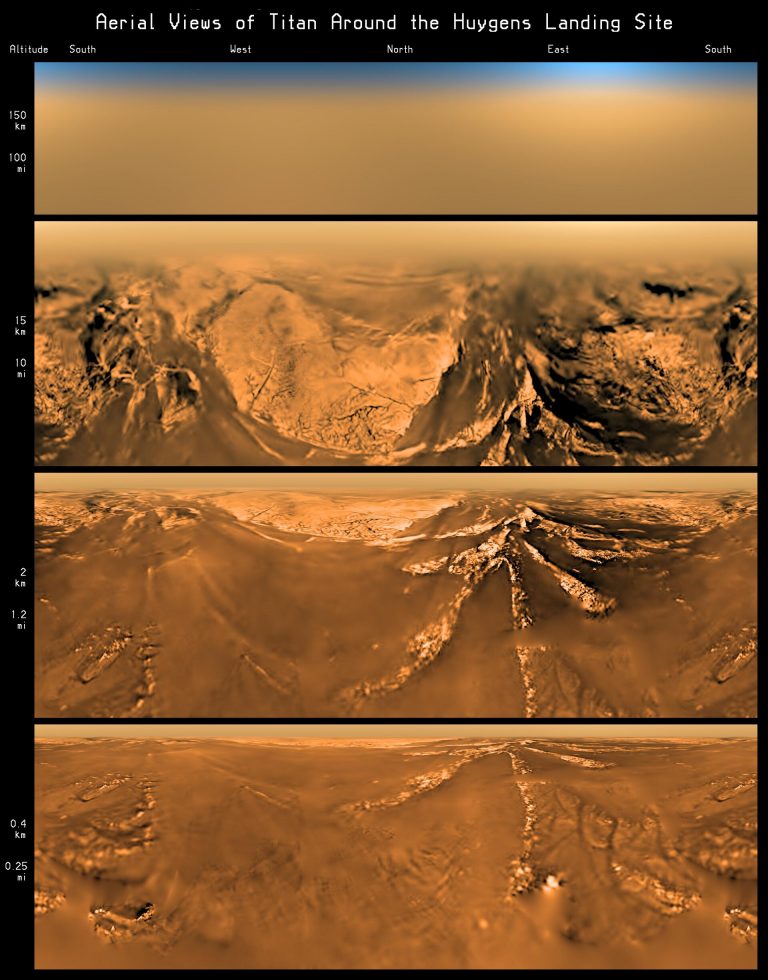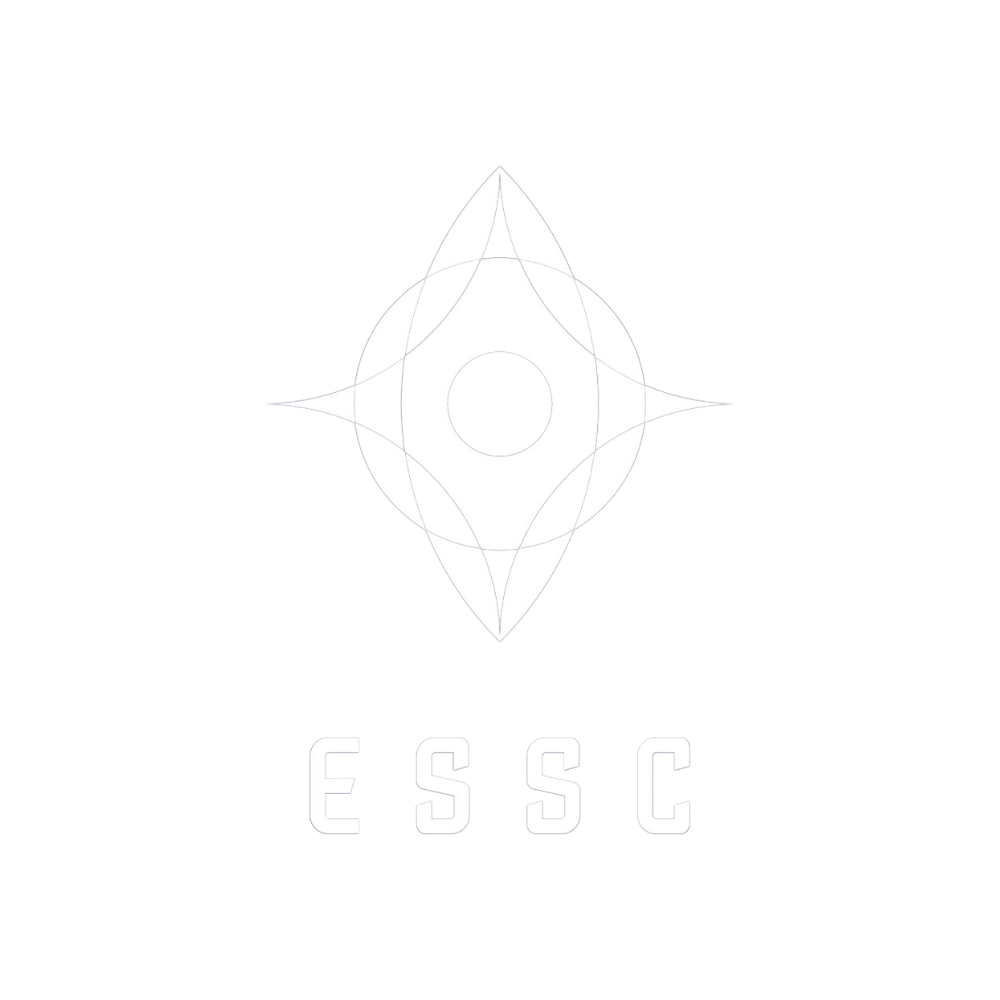The history of the ESSC’s contribution to the CASSINI-HUYGENS MISSION
By Mariette Vandermersch & Emmanuel Detsis
Jan 14, 2022
Seventeen years ago today, on January 14
, 2005, NASA’s Cassini spacecraft carrying the European Huygens probe descended to Titan’s surface. Cassini-Huygens went on a seven-year journey to the astounding worlds of Saturn and its family of icy moons. But how did the Cassini-Huygens mission come to life? In this blog post, we introduce you to some historical aspects of the mission.Cassini-Huygens was a joint US-European endeavour to the Saturnian system with an emphasis on Titan, its largest satellite. The Saturn orbiter was provided by the United States, the Huygens probe was provided by the European Space Agency (ESA), and the telecommunication and microwave systems were provided by the Italian Space Agency, Agenzia Spaziale Italiana (ASI). This mission is close to ESSC’s heart, as we contributed to making it happen.

History of the mission
In 1975, the Space Science Board (SSB) [US Space Studies Board as of 1989] of the National Research Council (NRC) and its Committee on Planetary and Lunar Exploration (COMPLEX) produced a report recommending an in-depth exploration of the Saturnian system.In June 1982, following a request from the president of the US National Academy of Sciences (NAS) and the European Science Foundation (ESF), a Joint Working Group (JWG) on Cooperation in Planetary Exploration was established. Composed of the recently created SSC (Space Science Committee, the current ESSC) and the SSB, the JWG was charged to examine the potential approaches to cooperation in planetary exploration and explore the possibility of carrying out jointly planned and executed space missions to planets and primitive solar-system bodies. The JWG was also charged, in consultation with NASA and ESA, to formulate a strategy, including specific missions, that would constitute a program of such collaboration.


A successful mission of firsts
Owing to funding issues, the Cassini-Huygens mission was delayed for a decade and was finally launched on October 15, 1997. The European-built Huygens descended on to Titan’s surface in 2005 and delivered a large quantity of data, which still being analysed more than fifteen years later. Amongst other things, Cassini-Huygens was a mission of firsts: first to orbit Saturn, first to land in the outer solar system, and first to sample an extraterrestrial ocean. To us, it will always remain a remarkable example of what, as the ESSC, we can do to leverage international collaborations in space sciences. The extremely successful exploration of the Cassini-Huygens mission came to an end when the spacecraft made its final approach to Saturn entered the planet’s atmosphere on Friday, Sept. 15, 2017.
European-US collaborative space sciences efforts remain
Nowadays, the ESSC entertains strong permanent relationships with the SSB. The SSB Director attends the ESSC plenaries twice a year, and ESSC representatives are invited to the SSB meetings. In addition, the ESSC members are invited to the annual NAS Space Sciences Week, and several joint ESSC-SSB studies have been accomplished.
The legacies of Huygens are many, but to those who contributed to the hardware it is an inspiration that it remains on Titan’s hostile and icy surface as an enduring testimony to their creativity and skill.


